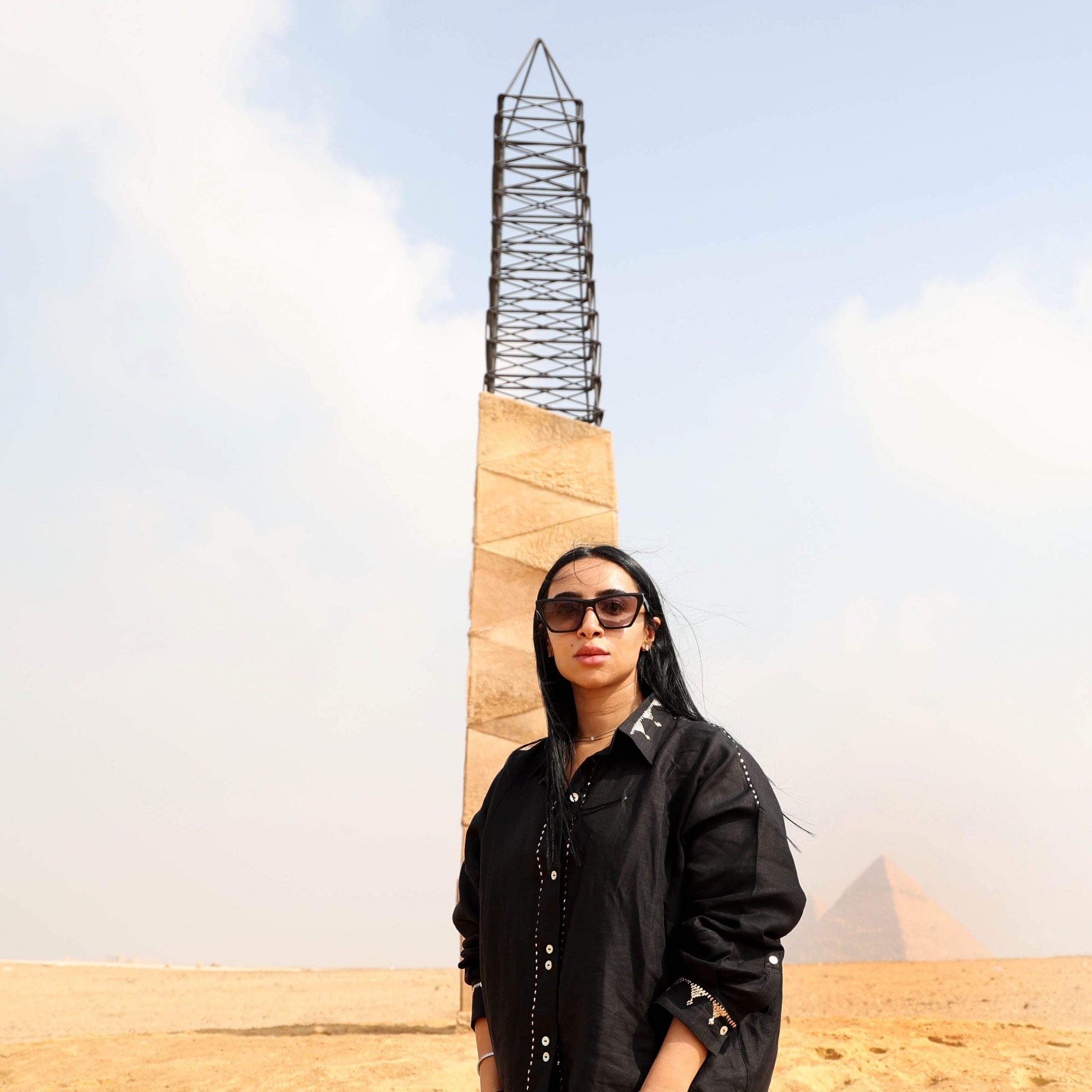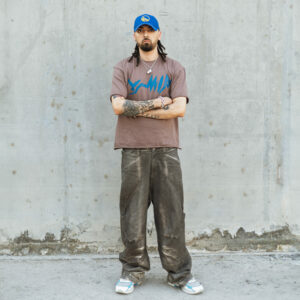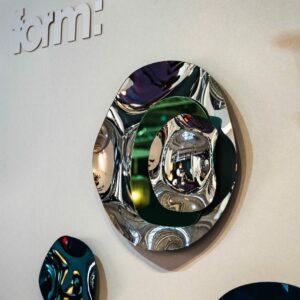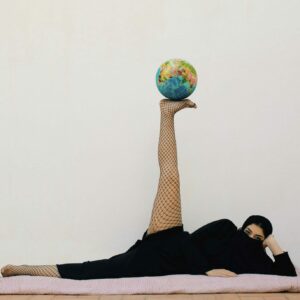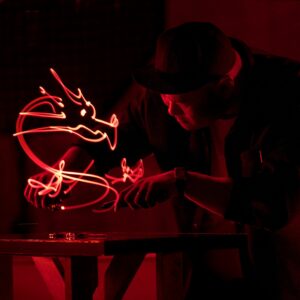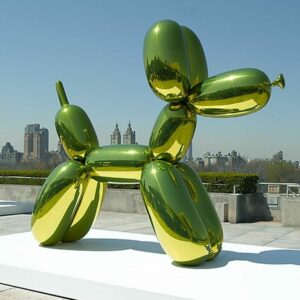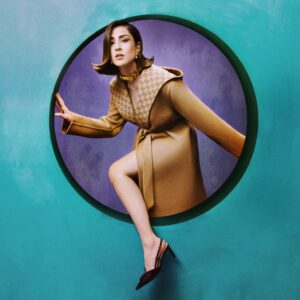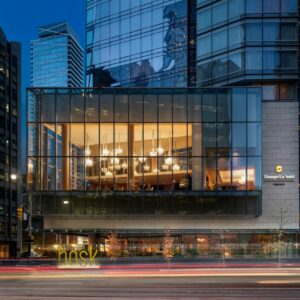Emirati Artist, Zeinab Al Hashemi unveiled her installation at Art D’Egypt. Titled The Unfinished Obelisk ‘Camoulflage,’ the artwork takes inspiration from the Unfinished Obelisk in Aswan while highlighting the role of the camel in the region.
The installation strikes its audience as a desert scene from which an abstract camel silhouette emerges. Like the animal’s natural form and colour allows it to blend in with its surroundings, the installation too, melds in with its backdrop – resembling the way the Ancient Egyptians created art and sculptures. Zeinab Al Hashemi talks to YUNG about her installation at Art D’Egypte.
Where did your journey with art begin?
I think my journey with art began a couple of years ago when I wanted to explore through art, a connection with people. How these people engage with art, space, nature, and landmarks. Today we are here in front of one of the most historical UNESCO monuments on the planet – the pyramids of Giza.
What’s the concept behind your installation?
The concept here is called Camoulflage. It is a word derived from Camel and Camouflage, where the words come together. It is a series that I have been working on for a couple of years. If you look closely, you will see the artwork is in a shape of an obelisk.
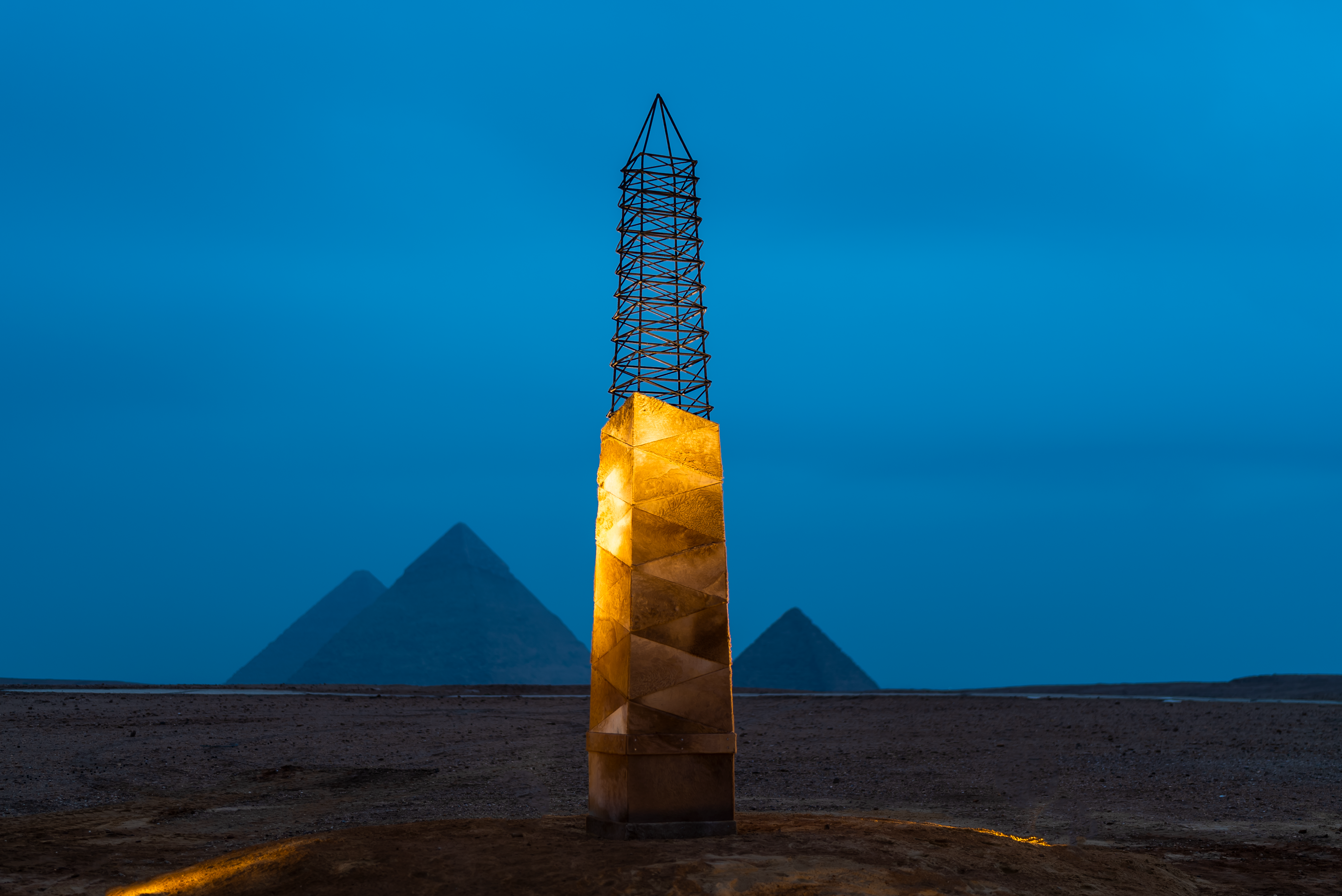
Where did you get inspiration?
I was inspired by the largest unfinished obelisk which is situated in Aswan. It is one of the biggest obelisks built by the Ancient Egyptians. If you research it, you will find that the obelisk was not finished because early on they found a crack. It is interesting for me to explore how the unfinished artwork became so famous. This installation is my interpretation of the unfinished obelisk.
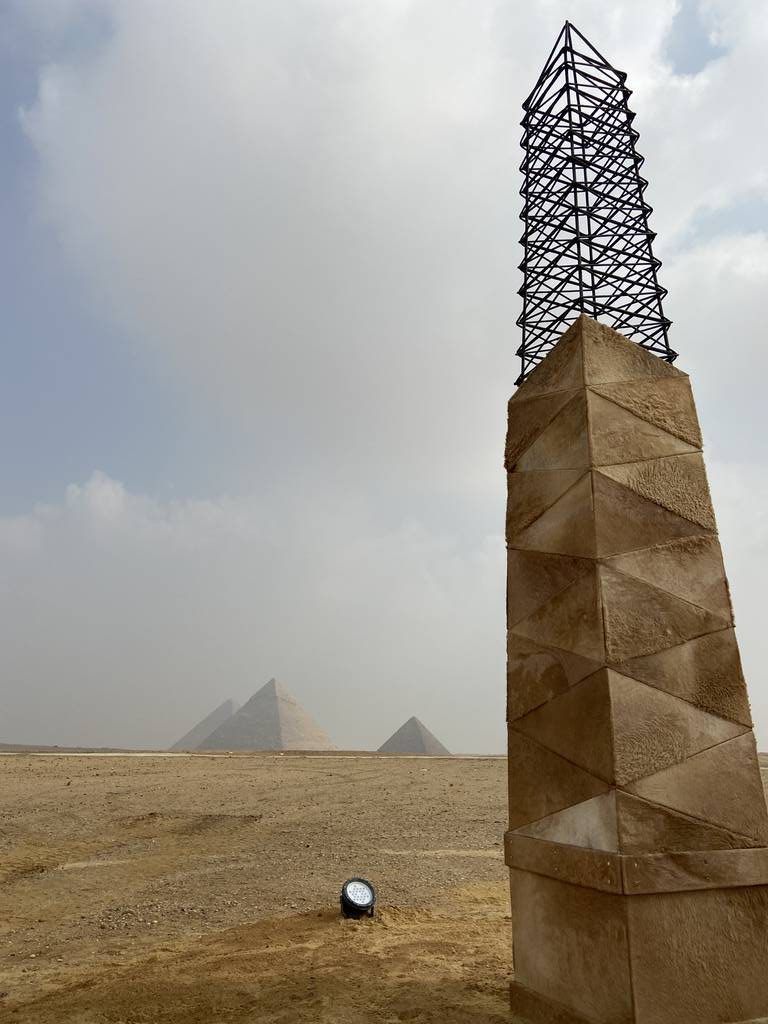
Talk us through your installation
The installation is created from the original camel hide. The use of camel hide is a result of this journey of camoulflage. As I studied and researched, I realised the importance of the camel, and I want to show this legacy to the world. My research also taught me How these camels from the UAE moved to Al Ula and then here to Egypt, and as they move, they transform into something else. Part of the nature of an installation is that it transforms. You may see it from afar and say, ‘oh that’s an obelisk,’ but as you get closer you realise that it is camel hide. I thought it could come together to represent the modern world we live in where we have all kinds of commodities and create from all kinds of materials. As a people, we build monumental structures and sculptures as a legacy in the same way ancient civilisations did.
This piece was commissioned by Art D’Egypte and the Ministry of Culture in the UAE. I would like to thank them and all the patrons who made this possible.
What’s your advice for aspiring artists in the UAE and wider Middle East
As an artist, my career began with the support of arts and culture patrons in the region. Today we have different institutions and organisations in the UAE that support young and upcoming artists. This support extends to film, music, and theatre. it is a beautiful ecosystem and a place to build your dreams. As Emiratis, we were taught to be limitless in our vision, and push beyond boundaries. Art and artwork require arduous work and consistency, but now, the world knows that art is a very big part of us telling our stories.
